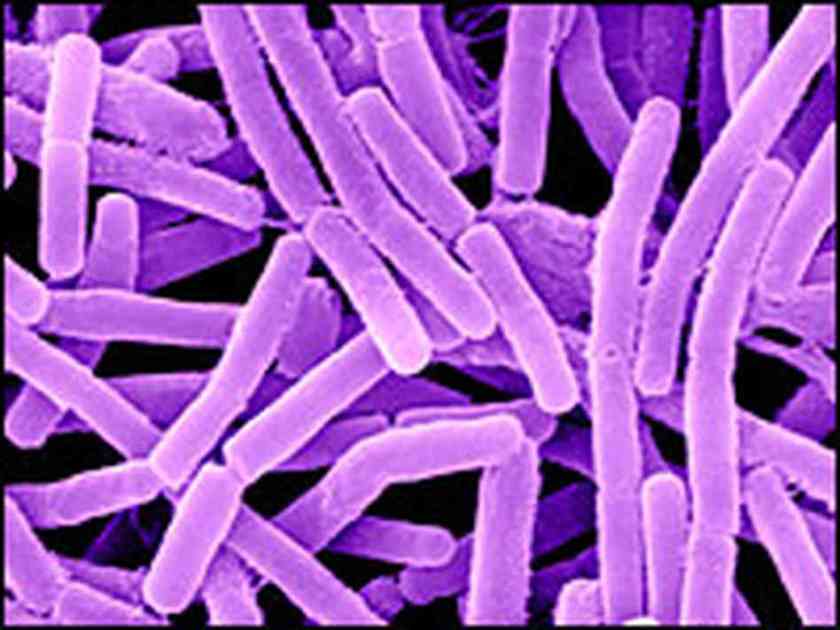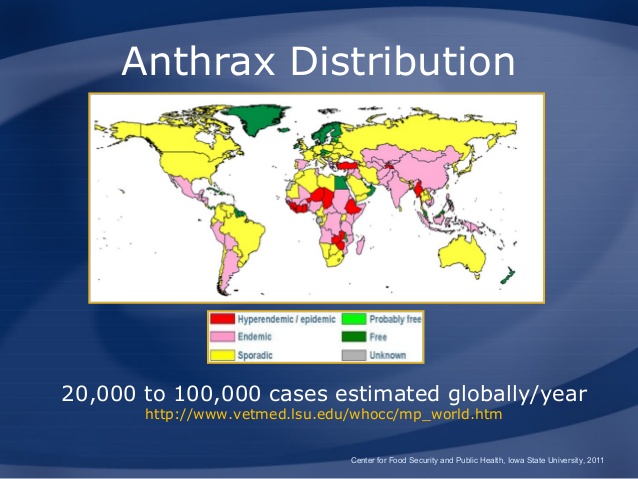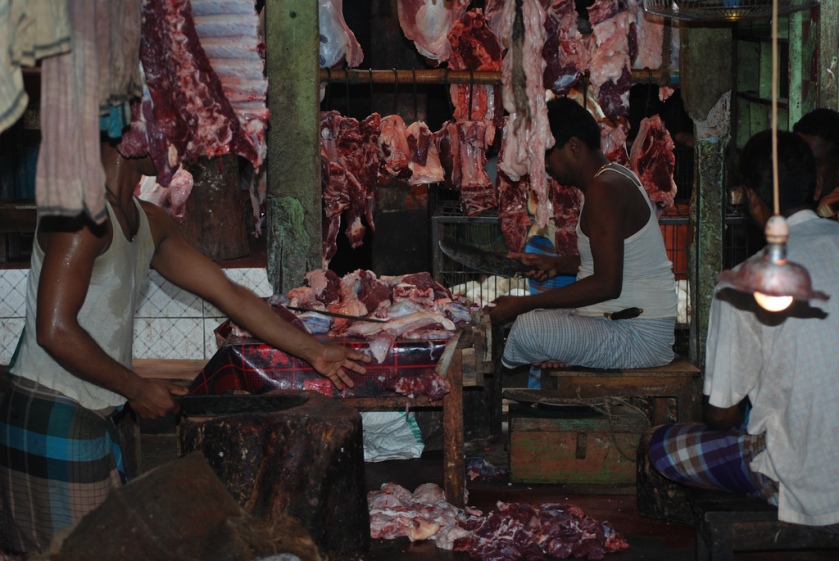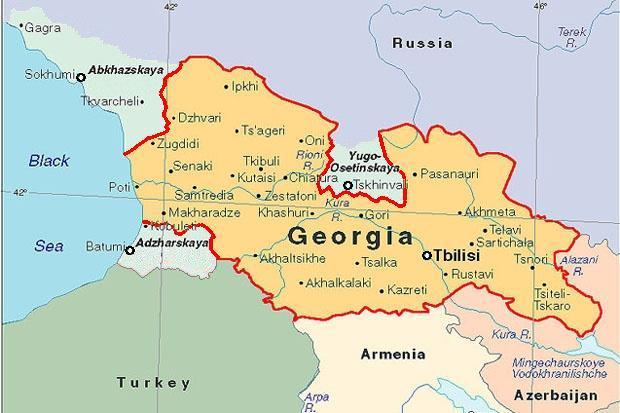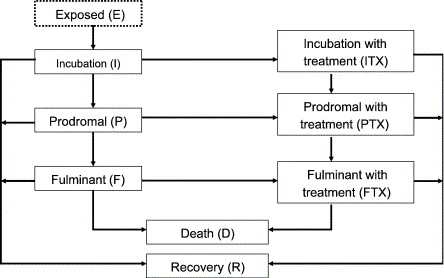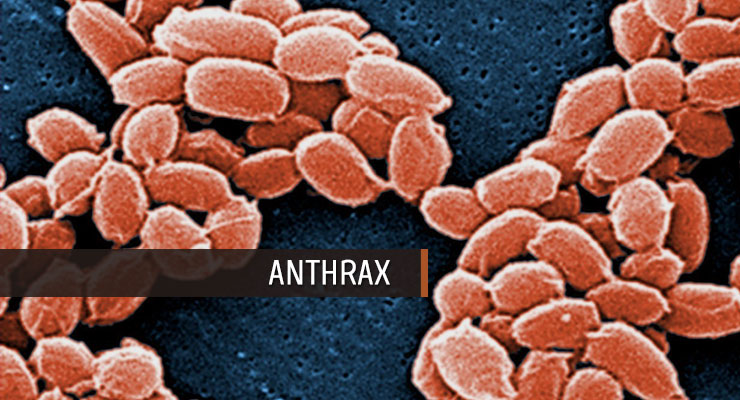
The bacteria Anthrax basically stops the body from being able to fight back. It ‘paralyzes’ the immune system starting with neutrophils. The body’s white blood cells are your first defense against infection. Without them being able to travel throughout the body and fight off invading bacteria, the bacteria is free to run rampant causing damage as it sees fit.
What’s so dangerous about the disease anthrax is we’re not entirely sure exactly how it accomplishes this feat of rendering the immune system immobile and exposure to the disease often proves fatal. If contracted by any one of 4 ways, it can cause lesions and ulcers on the skin, fever, chest pain, shortness of breath, nausea, vomiting, diarrhea, and abdominal pain. You can imagine how intense the suffering if you exhibit any of these symptoms for a prolonged period and your body was powerless to heal itself.
The photo below shows a neutrophil engulfing some anthrax bacterium.

When the very first cell becomes infected, it’s immediate response is to communicate the threat to the other cells so a defensive strategy can be coordinated. The key signaling molecule is ATP (adenosine triphosphate) and when this molecule is released from an infected cell, it is sensed by receptors and welcomed by another cell who then activates a complex called the inflammasome. This complex’s job is to release immune-activating molecules into the bloodstream to get all the cells in the body prepared to defend against the incoming attack.
But if this process cannot happen and communications are severed, the body and immune system cannot prepare for such an attack. A disease like anthrax can run unchecked and result in extremely high mortality rates.
If caught early enough and the necessary resources are available, anthrax can be treated with very strong antibiotics intravenously and new research is being done with monoclonal antibodies. Although it cannot be spread from person to person, outbreak situations should be handled with care and decontamination procedures strictly followed. Decontaminations recommend to wash with antimicrobial soap, treat with bleach, chlorine, or formaldehyde, boiling, and burning. Until we better understand this disease and how to help our body combat it internally, the best defense we have is early detection and vaccination.
